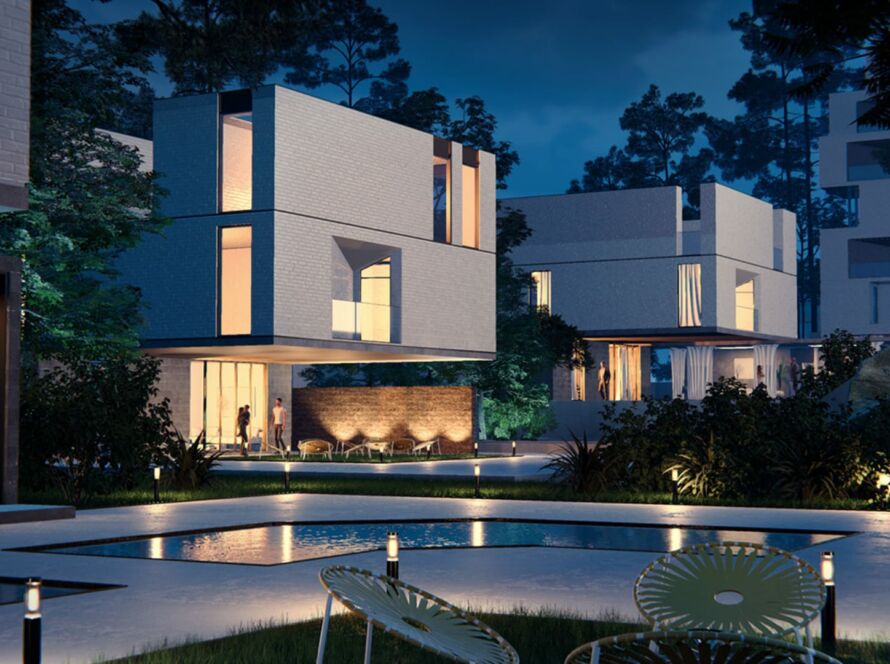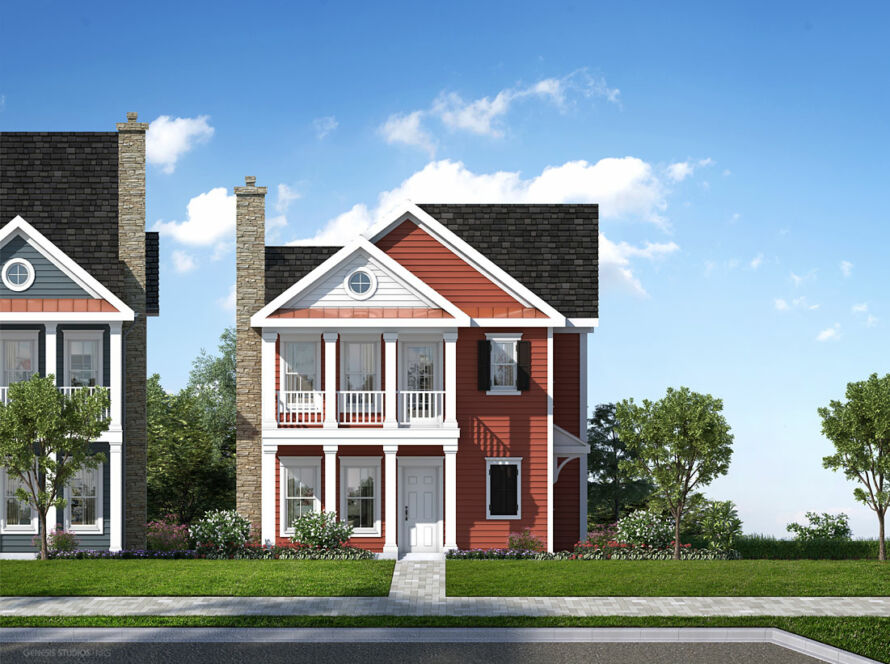Octane Render is a powerful GPU-based rendering engine that has taken the 3D rendering world by storm. Octane’s ability to produce photorealistic images at lightning speeds has made it a favorite among 3D artists and studios alike. In this article, we will introduce you to Octane Render and provide a review of its features and performance. We’ll also show you some examples of what Octane is capable of so that you can see for yourself just how amazing this engine is.
What is octane rendering?
Octane rendering is a technique used to produce images from 3D models. It is based on the principle of ray tracing, where light is traced from its source to its destination. Octane renders images by tracing the path of light through a 3D scene and computing the color of each pixel that it intersects.
Octane rendering can produce very realistic images, as it takes into account features such as reflections, refractions, and shadows. This makes it ideal for applications such as product visualization, architectural rendering, and computer-generated imagery (CGI).

Octane rendering is usually performed using dedicated software such as Octane Render or LuxMark. However, it can also be done using general-purpose 3D graphics software such as Blender or Autodesk Maya.
Octane rendering is a computationally intensive task, so it can take some time to render an image. However, the results are often worth the wait.
The Different Types of octane rendering
There are three types of octane rendering: static, dynamic, and interactive. Static octane rendering is the process of creating an image from a 3D model that does not change over time. Dynamic octane rendering is the process of creating an image from a 3D model that changes over time, such as when an object is in motion. Interactive octane rendering is the process of creating an image from a 3D model that can be interacted with by the user, such as when using a virtual reality headset.
Pros and Cons of octane rendering
There are many advantages and disadvantages of octane rendering. Here are some of the pros and cons of using octane rendering:
Pros:
- Much faster than CPU rendering
- Good quality results
- Can utilize GPUs for rendering, which can speed up the process even more
- Flexible workflow since it is node based

Cons:
- More expensive than CPU rendering
- Requires a powerful computer to get good performance
- Can be difficult to learn
What are the benefits of octane rendering?
Octane rendering is a process that has many benefits. One of the main benefits is that it allows for the creation of high quality images in a shorter amount of time. Octane also uses less power than other rendering processes, making it more environmentally friendly. In addition, Octane is able to create images with more realistic lighting and shadows.
Some of the other benefits of Octane rendering include the ability to create images with more detail, the ability to create images with less noise, and the ability to create images with more realistic colors.
How to use octane rendering?
Octane is a physically-based renderer designed to simulate the physics of light and materials for photo-realistic images. It is important to understand the basics of how Octane works in order to create realistic renders.
In Octane, both lights and materials are physically based. This means that they behave according to the laws of physics, which results in more realistic renders.

To create a realistic render, it is important to keep the following in mind:
- The type of light used will affect the render. Octane supports both area and environment lights, each with their own set of physical properties.
- The size, shape, and position of lights also play a role in the final image.
- Materials must be physically based as well, which means that their properties (such as diffuse, specular, roughness, etc.) must be accurate in order to produce a realistic render.
- Finally, the camera settings must be configured correctly in order for the final image to look realistic. This includes setting the correct aperture, shutter speed, and ISO values.
Alternatives to octane rendering
There are many ways to create photorealistic 3D images, and octane rendering is just one of them. While it has its advantages, there are also some drawbacks that you should be aware of before using it. Some alternatives to octane rendering include:
- Rendering with Mental Ray: Mental Ray is a powerful rendering engine that can create very realistic images. It is also relatively easy to use, making it a good choice for beginners. However, it can be slow and may not always give you the results you want.
- Rendering with V-Ray: V-Ray is another popular renderer that can create high-quality images. It is faster than Mental Ray and often gives more control over the final image. However, it can be more difficult to use and may require more experience to get the results you want.
- Rendering with Arnold: Arnold is a new renderer that is gaining popularity among artists and designers. It is designed to be easy to use while still providing high-quality results. However, it may not be as fast as other renderers and may not have all the features you need.
Conclusion
Octane Render is a powerful GPU-based rendering engine that offers excellent quality and performance. It is easy to use and has a wide range of features, making it a great choice for both beginners and experts. If you are looking for a high-quality rendering solution, Octane Render is definitely worth considering.






